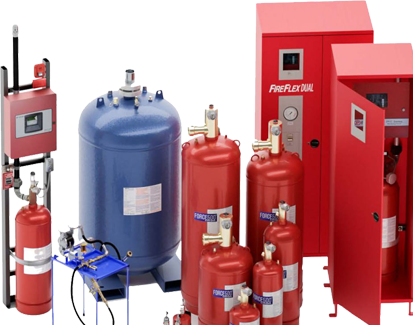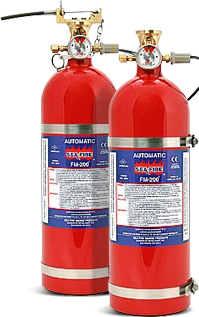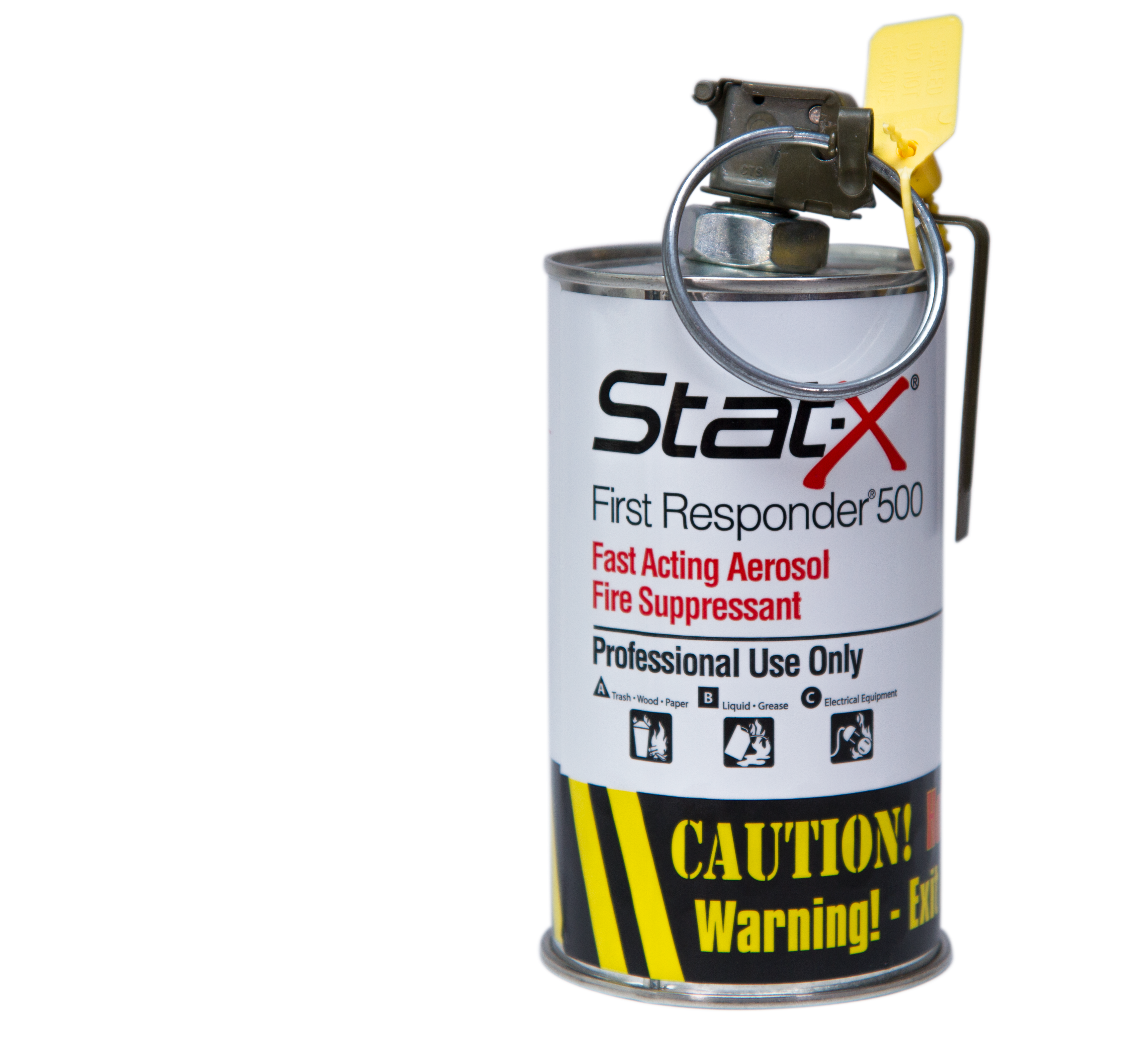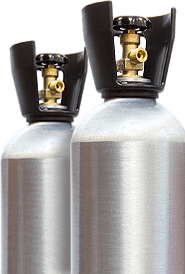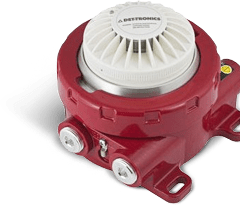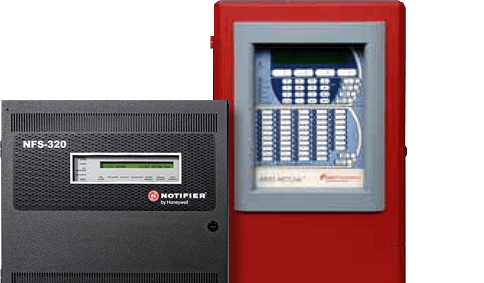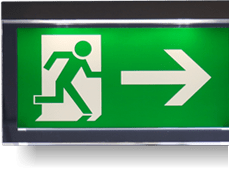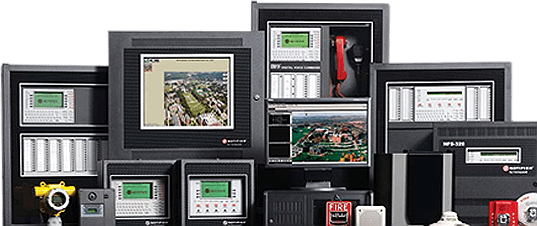Extinguishers
Fire Extinguisher Types
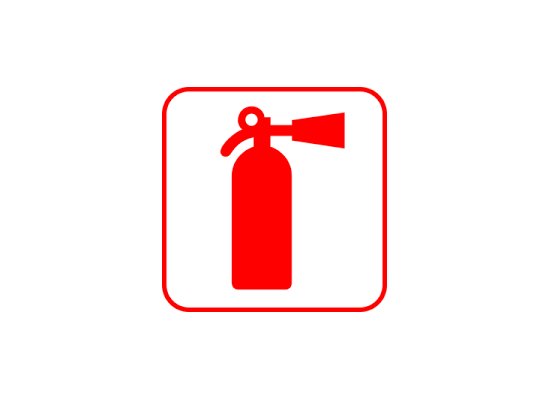
Fire Extinguisher Ratings
Class A Extinguishers will put out fires in ordinary combustibles, such as wood and paper. The numerical rating for this class of fire extinguisher refers to the amount of water the fire extinguisher holds and the amount of fire it will extinguish.
Class B Extinguishers should be used on fires involving flammable liquids, such as grease, gasoline, oil, etc. The numerical rating for this class of fire extinguisher states the approximate number of square feet of a flammable liquid fire that a non-expert person can expect to extinguish.
Class C Extinguishers are suitable for use on electrically energized fires. This class of fire extinguishers does not have a numerical rating. The presence of the letter “C" indicates that the extinguishing agent is non-conductive.
Class D Extinguishers are designed for use on flammable metals and are often specific for the type of metal in question. There is no picture designator for Class D extinguishers. These extinguishers generally have no rating nor are they given a multi-purpose rating for use on other types of fires.
Multi-Class Ratings
Many extinguishers available today can be used on different types of fires and will be labeled with more than one designator, e.g. A-B, B-C, or A-B-C. Make sure that if you have a multi-purpose extinguisher it is properly labeled.
This style of labeling that shows this extinguisher may be used on Ordinary Combustibles, Flammable Liquids, or Electrical Equipment fires. This is labeling style with a diagonal red line drawn through the picture to indicate what type of fire this extinguisher is NOT suitable for. In this example, the fire extinguisher could be used on Ordinary Combustibles and Flammable Liquids fires, but not for Electrical Equipment fires.
Types of Fire Extinguishers
Dry Chemical extinguishers are usually rated for multiple purpose use. They contain an extinguishing agent and use a compressed, non-flammable gas as a propellant
Carbon Dioxide (CO2) extinguishers are most effective on Class B and C (liquids and electrical) fires. Since the gas disperses quickly, these extinguishers are only effective from 3 to 8 feet. The carbon dioxide is stored as a compressed liquid in the extinguisher; as it expands, it cools the surrounding air. The cooling will often cause ice to form around the “horn" where the gas is expelled from the extinguisher. Since the fire could re-ignite, continue to apply the agent even after the fire appears to be out.
Foam Simple to operate with seize & squeeze operation, ideal for use against A & B fires, highly effective against Flammable liquid Fires, ideal for garages, kitchens and multi risk premises.
Water These extinguishers contain water and compressed gas and should only be used on Class A (ordinary combustibles) fires.





